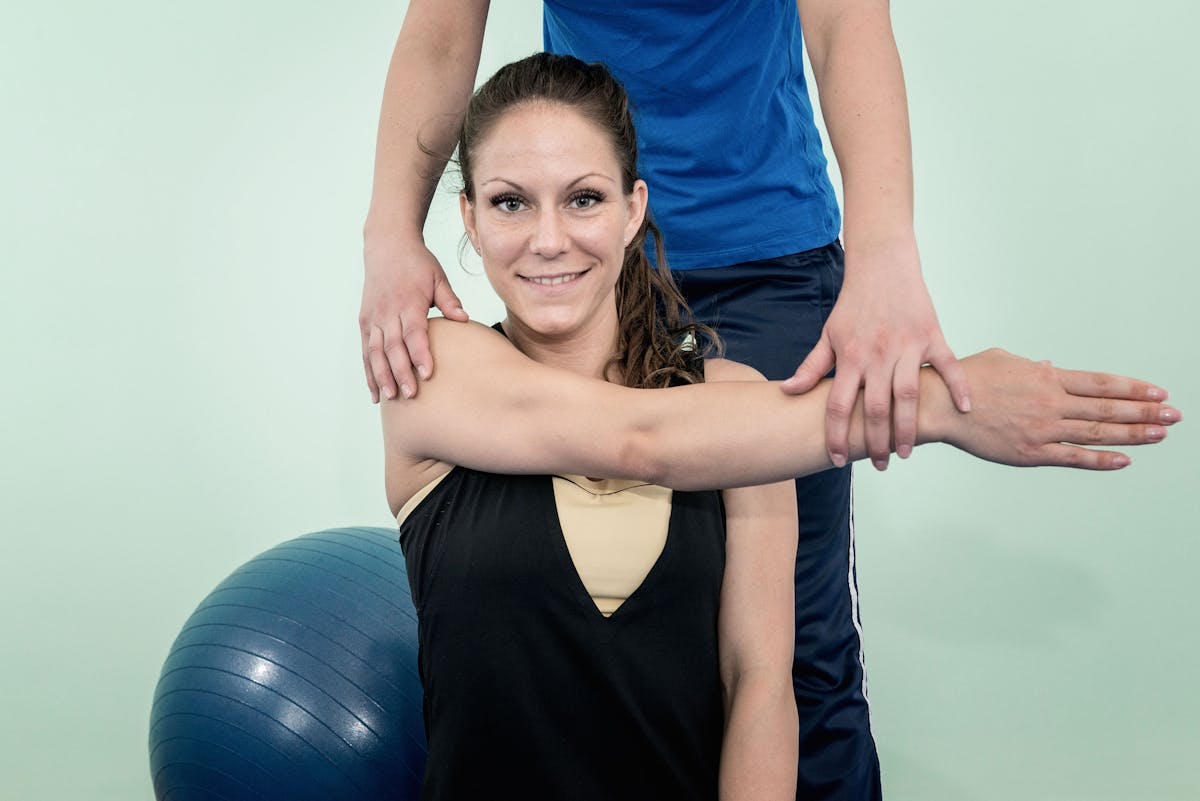You know the drill: During your annual visit, your primary care physician will order a cholesterol test. Combined with an assessment of health measures such as diet and exercise, the results of the cholesterol test will provide your physician with the information she needs to make a recommendation.
If the results are positive, you might hear: “You’re doing great, keep doing what you’ve been doing!” If the results are unfavorable, then you’re more likely to be told: “I’d like you to walk for 20 additional minutes each day and eat cholesterol-lowering foods like oatmeal.”
Over time, high cholesterol can cause fatty deposits to form in your arteries, putting you in a high-risk category for heart disease and stroke.
Similarly, the cumulative effects of poor posture or a muscular imbalance, for example, can take a toll on your body and inhibit your ability to move properly.
That’s where a physical therapist comes in: Annual PT “checkups” can catch the musculoskeletal problems that put you at risk for injury or limit your ability to function down the line.
One of the best tools in a PT’s prevention arsenal is the movement screen. By analyzing your fundamental movements with a movement screen developed for their own practice or one that requires certification such as the Functional Movement Screen (FMS™), PTs can get a clear picture of what the future will bring for you.
Based on the information gathered, a physical therapist can help you safely reach your fitness goals and teach preventive strategies that can be incorporated into your daily life.
Of course, it’s best to schedule your checkup before you’re experiencing a problem. That way, your physical therapist can establish a baseline based on your functional level at that time and use it to identify changes during subsequent annual visits.
The effects of poor posture or a muscular imbalance may not be immediately apparent to you, but they will be to your PT. An annual “checkup” gives your PT an inside look at your musculoskeletal system, which is comprised of your muscles, bones, cartilage, tendons, ligaments, joints and other connective tissues.
It’s important that these essential internal structures are working together to support, stabilize and move your body.
Just as taking an annual trek to the primary care physician helps to monitor your cholesterol levels—and prevent heart disease—yearly physical therapy appointments allow your PT to identify and address any changes in the way you move before they become something more.

